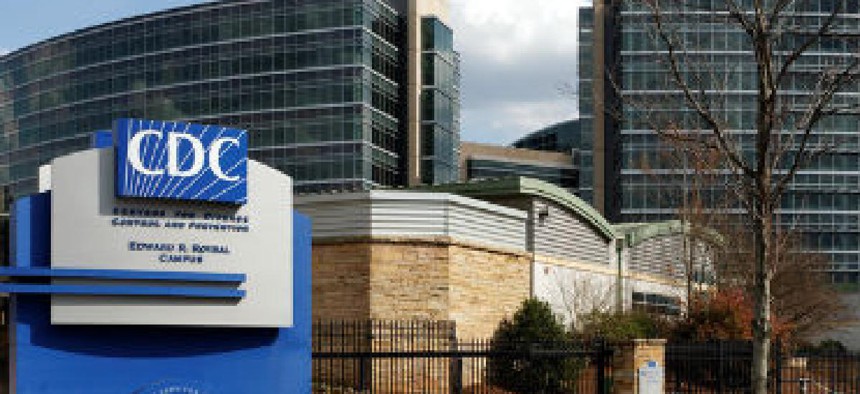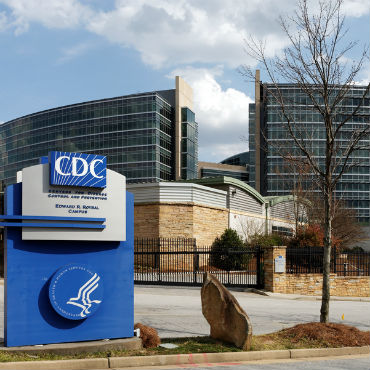CDC's BioMosaic helps track MERS

The Centers for Disease Control and Prevention's app integrates demography, migration and health data to analyze the potential spread of the disease.

A big-data analytics app is helping the Centers for Disease Control and Prevention anticipate the arrival of the next case of the potent Middle East Respiratory Syndrome.
The BioMosaic analytic tool integrates demography, migration and health data, and CDC officials said they have used it to analyze which U.S. airports have the most traffic from the Middle East in the springtime months. MERS has appeared in international travelers from the Arabian Peninsula, and international and U.S. health care agencies believe the coronavirus originated in that region.
The BioMosaic tool combines information about travel, disease patterns and where groups of people from other countries settle in the U.S. Using that information, CDC said it can direct health information and services where they are needed most.
CDC's May 14 Morbidity and Mortality Weekly Report said cases of MERS have been on the upswing since mid-March. The report also noted the use of BioMosaic to monitor the disease's spread.
According to CDC, the app brings together complex data from multiple sources into a visual format, including maps. CDC's Division of Global Migration and Quarantine, Harvard University and the University of Toronto launched the BioMosaic Project in 2011.
In the report, CDC said it used BioMosaic to analyze International Air Transport Association travel data for May and June from Saudi Arabia and the United Arab Emirates to North America from 2010 to 2012. The CDC's analysis showed that five U.S. cities -- Los Angeles, New York, Boston, Chicago and Washington -- accounted for 75 percent of arrivals from Saudi Arabia and the UAE, with about 100,000 travelers estimated to arrive in those cities in May and June 2014.
In the past few months, MERS has spread from the Arabian Peninsula to Europe, Southeast Asia and the United States, where CDC recently confirmed two cases. Infectious disease experts have known about MERS for several years, but there has been an increase in cases in recent months, raising concerns that it could become a global health threat. In the past, CDC has said MERS kills as many as 45 percent of the people it infects. The Transportation Security Administration has begun posting signs at security lines at U.S. airports describing MERS symptoms.
As of May 16, the World Health Organization has confirmed more than 570 MERS cases worldwide, including 171 deaths from the disease. CDC confirmed the first U.S. case on May 2 in a traveler who had recently returned from Saudi Arabia. A second imported U.S. case was identified in a traveler from Saudi Arabia and was reported to CDC by the Florida Department of Health on May 11.


